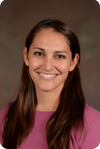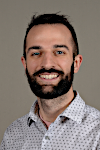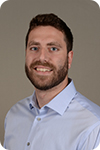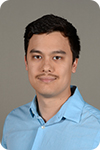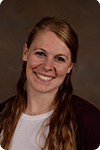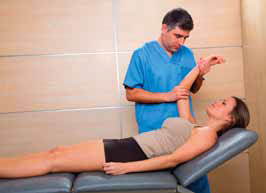
In conventional shoulder replacement surgery, the surgeon fits a plastic cup into the shoulder socket and attaches a metal ball to the top of the upper arm bone. But for some patients, especially those with muscle damage around the shoulder or large rotator cuff tears who have developed a complex type of shoulder arthritis, conventional total shoulder replacement may result in pain and limited motion. For these patients, physicians are increasingly performing a new procedure called a reverse total shoulder replacement.
In this procedure, the socket and metal ball are switched. The surgeon attaches the rounded joint piece to the shoulder bone and uses the cup-shaped piece to replace the top of the upper arm bone. The reverse total shoulder allows the existing muscles of your shoulder to substitute for the damaged rotator cuff muscles. This procedure should lead to decreased pain and increased function.
If you have a reverse total shoulder replacement, you will likely leave the hospital within two to three days after the surgery. However, a full recovery takes several months. We can assist that recovery by prescribing a program of physical therapy exercises that will gradually increase your shoulder’s range of motion. Although every patient is different, the following is a typical recovery schedule:
- Immediately following surgery, activity should be very limited. During this initial period, you will use your other hand to assist in lifting your surgical arm and keep your shoulder flexible. We may instruct a family member how to assist you as you perform some exercises at home.
- Four to six weeks after surgery,you will start a regimen of exercise and stretching. This will include active use of the shoulder and vigorous stretching.
- Three months after surgery, you will begin to engage in more intensive strength training. This will ensure the most thorough recovery, giving you as much range of motion as possible.
While you should not engage in heavy lifting, we and your surgeon will encourage you to perform other activities such as walking, swimming, dancing and golf. Call our office so that we can begin discussing a physical therapy program that will allow you to enjoy the fullest recovery possible with the least amount of pain while staying active.







